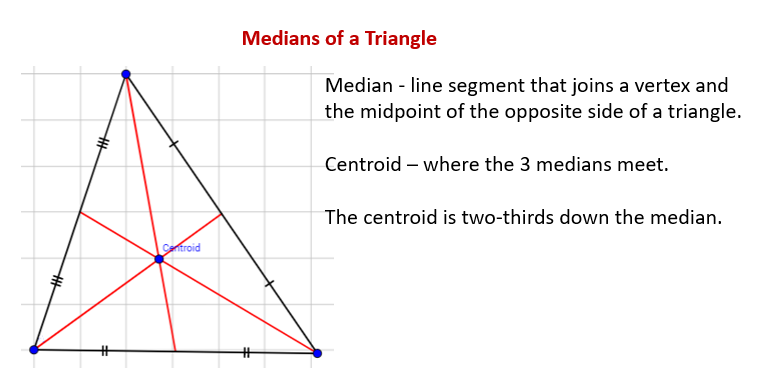
From the vertex of the angle, a circle with a 1" radius is drawn.

We have a bisector of an angle of 30 degrees (or any degree) that extends into the angle 1" and extends outside the angle 2". Here’s another trisection attempt of the relatively benign variety, from 1999: Attempt at Trisecting an Angle That idea, “I know it’s wrong without needing to see it,” angers a lot of people but that’s how math works! The start of an obsession But it can!Īs for this teacher’s claimed trisection, So the bottom line is, there's probably something wrong with your trisection, not because I've seen it, but because I've studied field extensions and irreducibility. One excuse many trisectors give for doubting the proof is that they think algebra can say nothing about geometry. To get the details, read about fields and field extensions in an abstract algebra book. This is a contradiction, so a trisection is impossible.

But it's easy to show that the sine and cosine of 20 degrees are roots of an irreducible cubic equation over the rational numbers. Hence you can construct the sine and cosine of 20 degrees. So if you have a trisection, you can construct, from scratch, a 20 degree angle. So if you can trisect anything, you can trisect the 60 degree angle which you produce. You can, beginning from nothing, construct a 60 degree angle. But you CANNOT solve irreducible cubic equations this way - such solutions require extensions of degree 3, and no combination of multiples of 2 gives a multiple of 3 (to put it in an inexact, but hopefully clear, way). So you can clearly get things like square roots, fourth roots, eighth roots, and so on (and it's a bit more complicated than that - what you can get are field extensions of degree 2 over whatever you begin with). In a sense, they are "quadratic" devices - the new points generated are solutions of quadratic equations of previously constructed points.

So how was it proved to be impossible? The proof that it's impossible basically considers the arithmetic form of the points that can be obtained using a compass and straight-edge. (The first of these has a broken link that should now be. For discussions of two such alternative tools, see Trisecting an Angle: Proof Trisecting an Angle Using the Conchoid of Nicomedes So what was proved impossible is a specific task using specific methods if you break the restrictive rule on what tools are available and how they are to be used, trisection is not impossible. As a limiting case, it might be possible to perfectly trisect an angle in an infinite number of steps. The straight-edge can only connect points already constructed, or use arbitrary points, and the compass can only be used similarly.Īn exact trisection in a finite number of steps is also required since it's easy to do a trisection that doesn't require too much accuracy. If, for example, you were allowed to make 2 marks on the straight-edge, there is a trisection. The problem requires the construction of the trisection using an (unmarked) straightedge and a compass. Many people think they have found trisections, but they either don't understand exactly what the problem is or their method is flawed. Doctor Tom answered, presenting the key ideas one by one: There is, in fact, a proof that a trisection is impossible. This is the benign species of trisector, one who just isn’t sure what it is that was proved, and isn’t insisting that everyone else is wrong. I hope you believe me because I think this actually works. I would appreciate some information on who would be the best person to contact with my "proof". I am a seventh grade math teacher, so I am not completely ignorant of mathematical proofs. Has it been proved to be impossible or is it that no one has proved it possible? The reason I ask is that I think (but am not sure) that I have found a way to trisect an angle.

I wasn't sure if it was possible and found a FAQ submitted to you that stated it was indeed impossible. I've recently been pondering the possibility of trisecting an angle. We’ll start by looking at an early statement of the issue, from 1996: Trisecting an Angle We’ll look today at several of our attempts to clarify what it means in math to say something is impossible, and to answer those who claim to have done it (people called “trisectors”). The result is frequent challenges to that assertion in our FAQ, “Impossible” Geometric Constructions. When people who are not well-versed in mathematics learn that it is impossible to trisect an angle with compass and straightedge, they sometimes seem to make it their life goal to “do the impossible”. One of the best ways to get people eager to do something is to tell them it can’t be done.


 0 kommentar(er)
0 kommentar(er)
